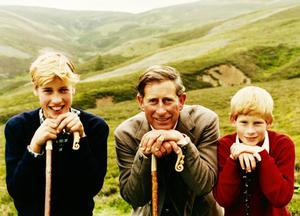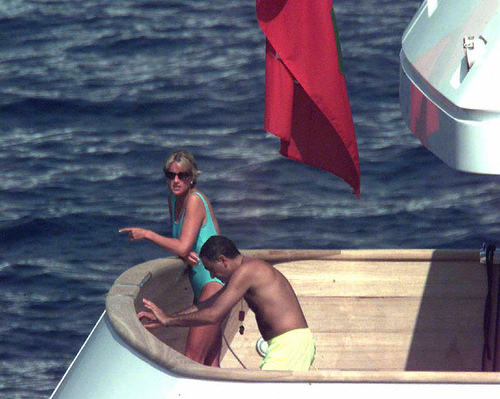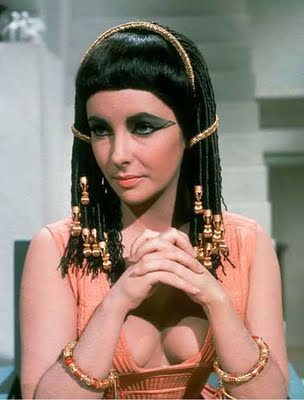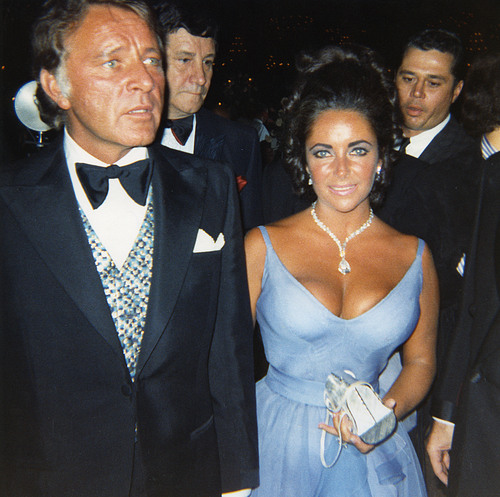“The more I hear and read and think about Diana’s and Dodi’s deaths in the Pont d’Alma tunnel, in Paris, on August 31, 1997, in what is possibly the world’s most famous car crash, the more I doubt the truth of their great romance. If it was anything at all, it was a flirt, a fling…. Like the conspiracy theory surrounding their deaths, their romance, too, was orchestrated by Mohamed Al Fayed [Dodi’s father]. The shrine to the eternal love of Dodi and Diana, in Harrods, the most famous of English department stores, owned by Al Fayed [until May 2010], is a popular tourist attraction. People line up to look at it. They speak in whispers, as if they were in church….
“The shrine, which is tacky but curiously touching, consists of a fountain, two large portraits—one of Dodi and one of Diana—and floor-lamp-size candles, the scent of lilies in the air. Under a glass pyramid is a crystal glass from which one of them had drunk champagne in the Imperial Suite of the Ritz Hotel just before they died, and the so-called engagement ring, which Dodi had bought that afternoon at the jewelry shop down the street from the Ritz. Diana never wore it.
They had been romantically involved with each other for less than a month.
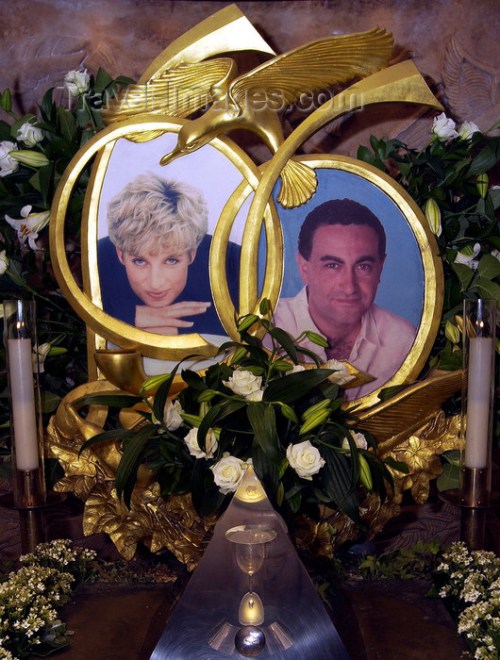
Harrods shrine for Princess Diana & Dodi Fayed. Harrods' former owner, Mohamed Al Fayed, is Dodi's father. At the six-month inquest of Dodi and Diana's death (2007-2008), Al Fayed testified of his belief in a vast conspiracy by the British Royal Family under the direction of Prince Philip to murder Princess Diana. The inquest into Princess Diana's death that was carried out at the Royal Courts of Justice in London concluded she and her boyfriend Dodi Fayed were killed by gross negligence of their driver, who was speeding and was more than three times over French drunk driving limit. (Lisa's History Room)

Pakistani-born cardiologist, Hasnat Khan (b. 1960), who was purported to be the love of Princess Diana's life. They met in London in 1995 and carried on an affair until he ended the relationship. No photographs exist of the couple. (Lisa's History Room)
“All was not as it seemed in the love department of the famous Dodi-Diana romance. Several friends of Diana’s told me she was downhearted after the breakup of her romance with Hasnat Khan, the Pakistani surgeon, with whom she was still in love. They say Khan ended his serious relationship with Diana because, as a respected doctor, he could not stand the publicity that overwhelmed her life….
“What is rarely mentioned, although it is well known, is the existence of a beautiful American model named Kelly Fisher, who wore on her left hand an enormous and very expensive engagement ring. She says her fiancé had bought her a mansion in Malibu, where they would live after their marriage. She had tentatively set the date of August 9, 1997, for the wedding, nearly a month off. Her fiancé was Dodi Al Fayed.

American underwear model Kelly Fisher, who claimed to be Dodi Al Fayed's fiancee. Dec. 2007 (Lisa's History Room)
“The two – Dodi and Kelly Fisher – were in Paris together on July 14, when Dodi was summoned by his father to join Princess Diana
on the Jonikal,the yacht Mohamed Al Fayed had reportedly purchased for $20 million the day after the Princess accepted his invitation for a sailing trip with her sons, William and Harry.

Princess Diana on the Jonikal, the yacht Mohamed Al Fayed bought exclusively to entertain her. July 1997 (Lisa's History Room)
“Kelly was left behind in Paris, though a few days later she was flown to St. Tropez and transported to another Al Fayed yacht. There she languished during the day while waiting for evening visits from Dodi.
“The Jonikal invitations were perfect. A splendid yacht. A helicopter. A private plane. Guards to keep the paparazzi at bay. She probably knew that she was being used by a social climber for his and his son’s advancement in London society, but in high society it was a fair deal. Each benefited.
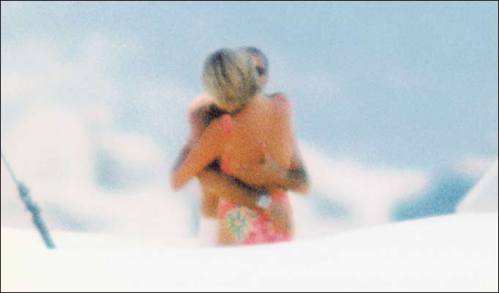
This photo of Diana, Princess of Wales, kissing Dodi Al Fayed appeared in the Sunday Mirror on August 10, 1997, as she vacationed on Dodi's father's yacht, the Jonikal. Three weeks later, Dodi and Di would be killed in a car accident in Paris. (Lisa's History Room)
“The shrine to the eternal love of Diana and Dodi, on view at Harrods, doesn’t have quite the same impact once you hear about Kelly’s role in the story. It’s still tacky, but it’s no longer touching. It’s calculated. What Al Fayed has created is a shrine to himself: “Look at how I have suffered” is the message….
“Dodi loved taking movie stars to Hollywood parties and premieres and being photographed with them. He once said to his friend, former gossip columnist Jack Martin,
‘When do you think I’ll go out with a girl so famous I’ll get my picture on the cover of People?’
“… ‘Well, he got his wish.’ said Jack. ‘A little late, though.'”
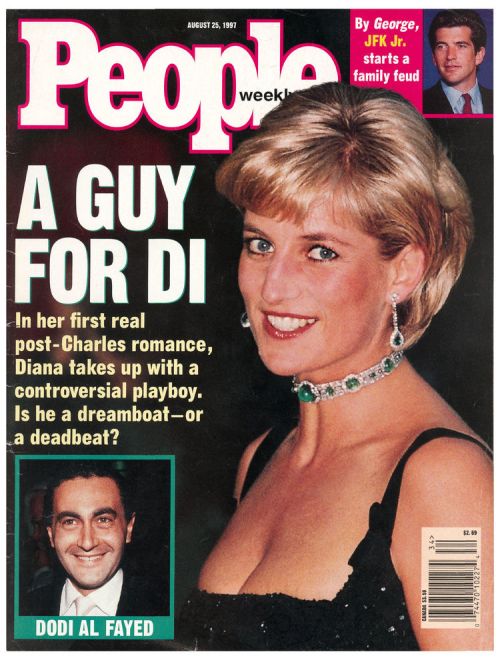
Princess Diana graces the cover of the August 25, 1997, issue of People Magazine. (Lisa's History Room)
source: “Two Ladies, Two Yachts, and a Billionaire,” by Dominick Dunne, May 2008, Vanity Fair.
Readers: For more posts on this blog about the British Royal Family, click here. See, in particular, “Princess Diana: Death Photos Leaked.”

